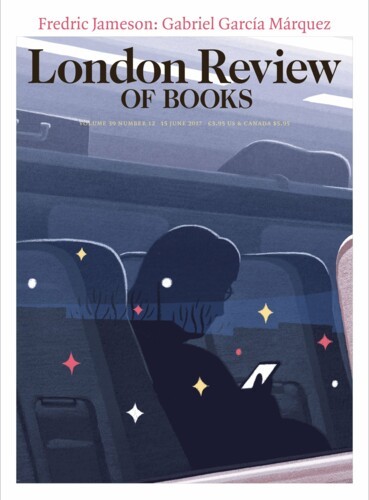Bevan’s Boy
John Campbell, 20 September 1984
The Making of Neil Kinnock
by Robert Harris.
Faber, 256 pp., £9.95, September 1984,0 571 13266 9 Show More
by Robert Harris.
Faber, 256 pp., £9.95, September 1984,
Neil Kinnock: The Path to Leadership
by G.M.F. Drower.
Weidenfeld, 162 pp., £8.95, July 1984,0 297 78467 6 Show More
by G.M.F. Drower.
Weidenfeld, 162 pp., £8.95, July 1984,
“... free to oppose the Government’s devolution schemes for Wales and Scotland. This was the one major policy rebellion of Kinnock’s career. Leading the ‘No’ campaign in Wales, he put at risk many important friendships, particularly in the unions; but his sense of public opinion was vindicated when the referendum in Wales went 4-1 against an ... ”
